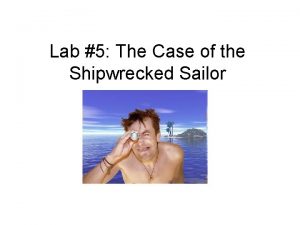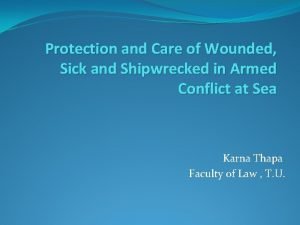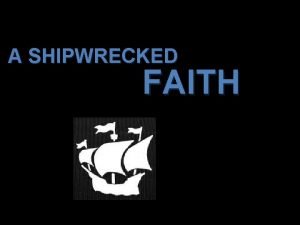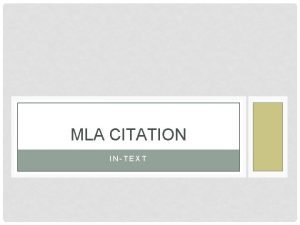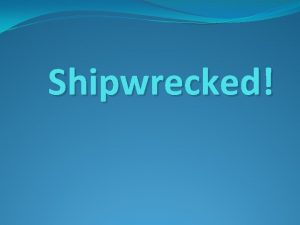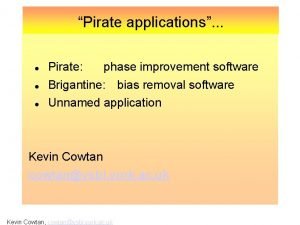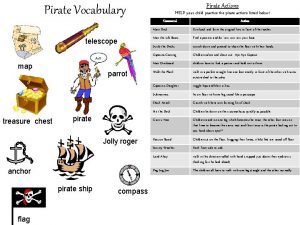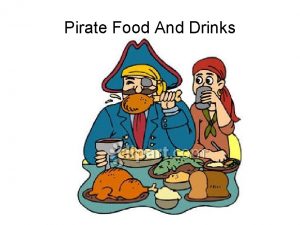The Case of the Shipwrecked Pirate The story










- Slides: 10

The Case of the Shipwrecked Pirate

The story… A shipwrecked pirate is stranded on a small desert island with no fresh water to drink. He knows he could last without food for up to a month, but if he didn't have water to drink he would be dead within a week. Hoping to postpone the inevitable, his thirst drove him to drink the salty seawater. He was dead in two days.

What happened? Why do you think drinking seawater killed the pirate faster than not drinking any water at all? ?

Your Mission… To determine the cause of the pirate’s death, we will determine the effects of salt water on cubes of potato. - measure changes in mass, and length Our assumption is that potato cells will behave like the sailor's cells in his body. Problem/Question How does salt water concentration change the mass and length of potato slices?

Hypothesis: “If the salt concentration is too high, then_______________________” Materials: Potato cubes Salt water Distilled water Electronic Scale Ruler Beakers Forceps Lab Papers

Pre-lab questions: 1. What is diffusion? 2. What is osmosis? 3. Define hypotonic, isotonic and hypertonic solutions with regard to cells. Give an example of each type of solution.

Procedure Day One: • Label Three beakers as follows: 1) Tap water 2) 5% salt solution 3) 20% salt solution • Get 3 potato cubes. • Record the initial mass (mg) and length (cm)of each of the pieces of potato in the data tables provided. • As you gather and record data, place the potato cube into the corresponding beaker. • Wait 24 hours.

Procedure Day Two: • Measure the length and mass of each potato piece. • Record Data in Table. • Use a plus (+) to indicate an increase in length or mass and a minus (–) to indicate a decrease in length or mass. • Write Conclusion

Record Data Sample 20% salt 5% salt Fresh water Initial Length Initial mass Final mass Change in mass P A P-Prediction A-Actual Final Length Change in Length P A Turgidity (crisp/flaccid)

Conclusion: Address the following in your conclusion: • What happened to the potato cubes over 1 day? • Is diffusion or osmosis responsible for the changes? • Which of the solutions is isotonic to potato cells? How do you know this? • Which solution is hypertonic? Which solution is hypotonic? • Sea water is 35% salt. Why did the pirate die more quickly drinking sea water than fresh water? What do you think killed him?
